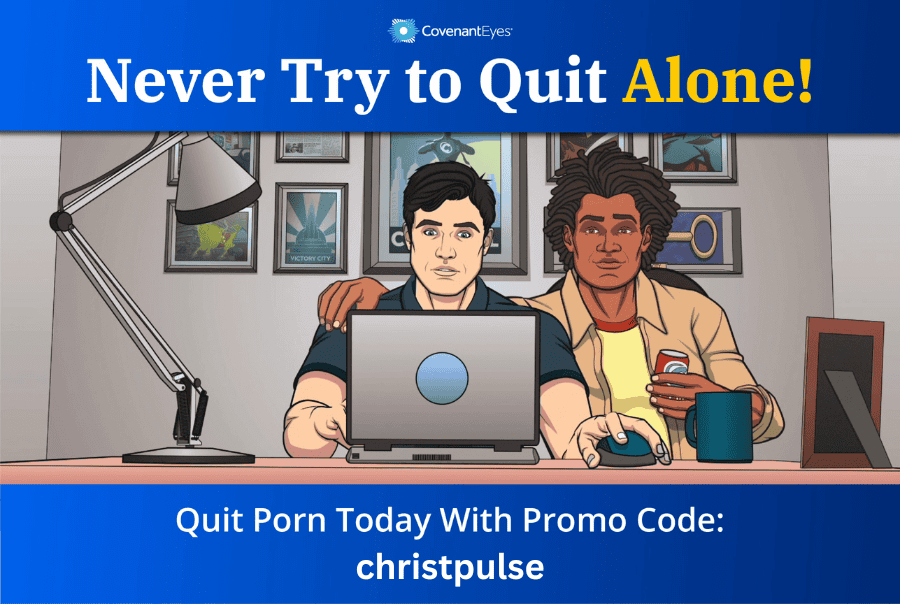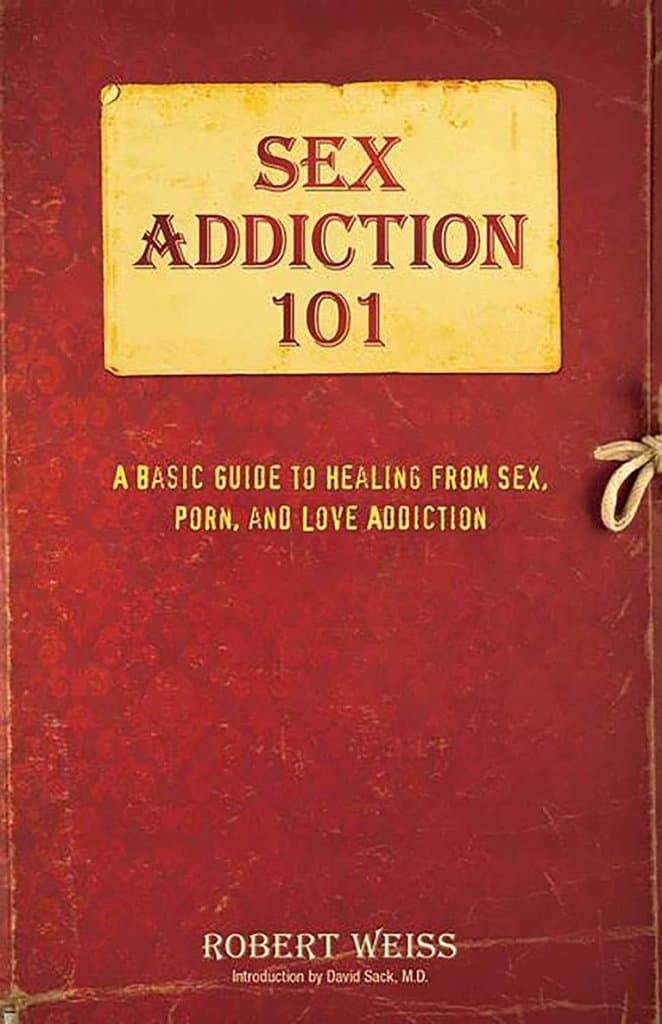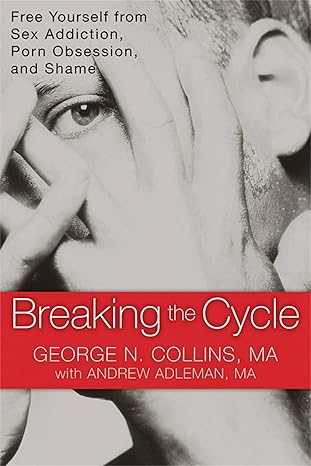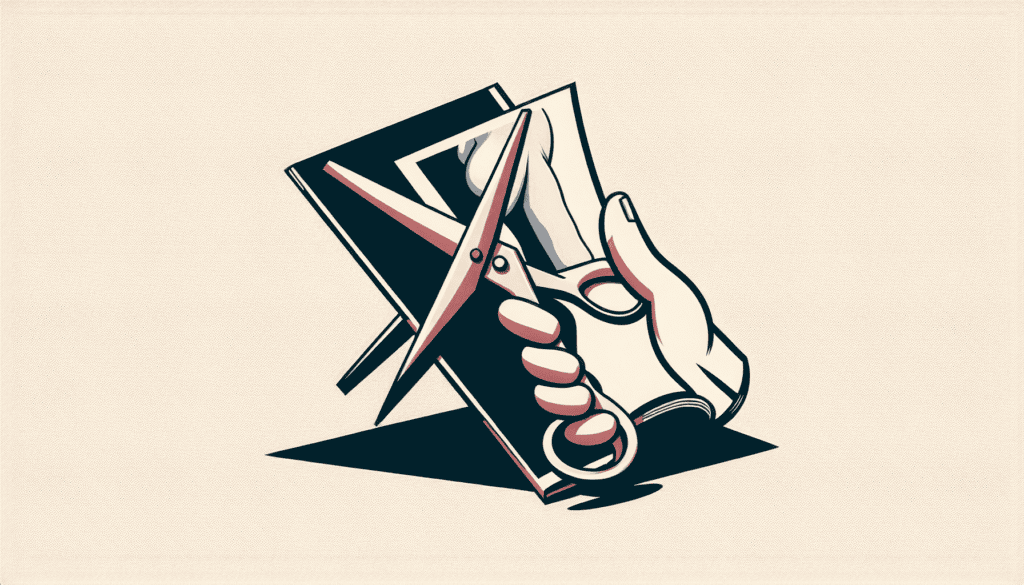Understanding Recovery
Getting over porn addiction isn’t a one-size-fits-all deal. It’s a unique ride for everyone, shaped by a variety of factors. By getting what’s involved, you can have a clearer view of what recovery really means, especially with regard to time.
Factors Influencing Recovery
When it comes to recovery from porn addiction, a few important elements can greatly affect how long it takes. For starters, emotional health is a biggie. If depression tags along for the ride post-addiction, it can make the road to freedom longer. Studies point out that depression, even a month after kicking things off, can steer the whole recovery process (NCBI).
Anxiety, low confidence, and other underlying issues can throw a wrench in the works too. Having a support squad and taking care of yourself are essential steps to speed things up a bit.
Timeframes for Different Injuries
Recovery time isn’t one-size-fits-all and changes based on how deep the addiction runs and how much the person is willing to dig in with recovery tactics. If you’re wondering, “how long is this gonna take?” well, the answer varies. Here’s a quick snapshot:
| How Strong the Addiction | How Long to Recover |
|---|---|
| Mild Addiction | 1 to 3 months |
| Moderate Addiction | 3 to 6 months |
| Severe Addiction | 6 months to a year |
These timelines can shift based on motivation, therapy or counseling efforts, and how solid the support around a person is. For more details on the steps to take for recovery and sticking it out long-term, check out articles like what are the most important steps in recovery? and what is the key to longer-lasting sobriety?.
Keep in mind, recovery’s a winding path, not a straight line. Bumps along the way can drag the trip out, but that’s okay. Seeking out help and sticking with it is key to getting to the other side. Understanding realistic recovery timelines can help folks stay on track, remembering that it’s all about steady improvement.
For those looking for more on navigating this journey, have a look at how do I handle setbacks during recovery? for some extra tips and encouragement.
Recovery Process Overview
Kicking a porn addiction can be tricky, but knowing you should act fast and the benefits of getting therapy can make a huge difference in how smoothly and quickly you bounce back.
Early Intervention Importance
Jumping on the problem as soon as it shows up is a big deal when fighting addiction. Getting treatment early is like putting a stop to things spiraling out of control. If you wait too long, the habit might dig in deeper, making it harder to shake off those persistent urges.
Stats say hitting up support resources early really makes things easier. People who start recovery programs sooner often see faster jumps in their mental and emotional well-being. In those starting weeks, when folks are pretty vulnerable, quick support becomes a must-have.
Impact of Physical Therapy
When we talk about “physical therapy,” we often think of rehabbing a bum knee or sorting out a sore back. But you can see recovery from an addiction in a similar light. Chatting it out with a therapist speeds up the healing process. These sessions don’t just tackle emotions—they also dish out tips on dealing with life’s curveballs.
Insightful therapy techniques help cut down on how long it takes to get back on track. The structured programs boost the kind of mental toughness you need to rise above, similar to how targeted exercises help the body bounce back in physical rehab.
| Recovery Stage | How Jumping in Early Helps | What Therapy Adds |
|---|---|---|
| Spotting the Problem | Keeps the addiction from snowballing | Sets up coping skills |
| Taking the First Step | Lessens chance of hiccups | Steadies emotions |
| Sticking With It | Speeds up getting better | Builds personal responsibility |
By acting quickly and leaning on therapy in the fight against porn addiction, you can make the process way more manageable. Find more tips on keeping the momentum going and bouncing back from setbacks by checking out articles on what is the key to longer-lasting sobriety? and how do I handle setbacks during recovery?.
Recovery Time for Specific Injuries
Injury recovery is like cooking without a recipe: it takes time and patience but can vary widely depending on the severity and your health. Let’s break down what you’re likely to expect with three common boo-boos: sprains and strains, fractures and breaks, and wounds with tissue healing.
Sprains and Strains
Ever twisted an ankle chasing after something or doing some killer dance moves? Welcome to the sprains and strains club! How long you’ll hobble around depends on how badly you got hurt.
| Injury Type | Recovery Time |
|---|---|
| Minor Sprains/Strains | About a week |
| Moderate Sprains/Strains | 2 to 3 weeks |
| Severe Sprains/Strains | Maybe 3 months or more |
For the little niggles, your couch and ice pack might do the trick. If your limb resembles a balloon, though, it’s a smart move to hit up a doctor. Check out Bluetail Medical Group for more advice.
Fractures and Breaks
Breaking a bone ain’t a walk in the park, and depending on which one’s on the fritz, the timeline can change.
| Fracture Type | Recovery Time |
|---|---|
| Finger Fracture | 3-4 weeks |
| Wrist Fracture | 6-8 weeks |
| Severe Forearm Fracture | 3-6 months |
Healing isn’t just about bone coming back together; it’s getting that grip ready to open jars again. Your doctor will help keep that healing on track, so hit them up regularly. More on this from Bluetail Medical Group.
Wounds and Tissue Healing
Scratches, cuts, and bruises follow their timetable, too. Keep in mind that factors like age and what you eat can speed things up or slow them down.
| Type of Wound | Recovery Time |
|---|---|
| Acute Wounds | 4-6 weeks |
| Chronic Wounds | Ongoing (more than 6 weeks) |
That last bit of healing, where skin becomes tough as nails, starts about three weeks in and could keep going for a year. It’s all about the collagen (yep, that stuff people are always talking about) realigning and getting stronger. Have a peek at Petersen Physical Therapy for the scoop.
Your recovery story is personal, so factor in physical therapy, your grit, and health. Knowing these timelines helps set your mind straight and gives you real goals to aim for as you heal. Want to dive deeper into recovering? Here’s where you can learn more how long does it take to recover?.
Age-Related Considerations
Aging and Recovery
As folks get older, bouncing back from injuries tends to take longer. It’s not just about wrinkles and creaky joints—there’s a whole mix of body changes that slow down the healing dance.
The natural dip in muscle mojo and a tweak in how the body mends its bits often extend the time needed to recuperate from everyday oopsies. Plus, as people age, they might not stay as active, and that lack of movement can throw another wrench into the recovery works.
Here’s a quick look at what happens to the body as it ages and how it messes with getting back on your feet:
| Bodily Change | Recovery Slowdown |
|---|---|
| Less Muscle | Healing takes a hit, strength takes a stroll |
| Collagen’s New Groove | Stiff as a board, weak as a kitten |
| Metabolism in Cruise Mode | Recovery hit snooze for a while |
With all this in mind, it’s super important for seniors to have recovery plans that fit like a glove.
Muscle Repair in Older Individuals
For the older crowd, getting those muscles to bounce back after an injury can feel like pushing a boulder uphill. The magic behind muscle repair involves stuff like extracellular matrix, which might just sound like sci-fi jargon. But when that matrix goes a bit wonky, muscles stay stiffer, and the rebuild gets tougher. There’s also the matter of satellite cells, those little helpers that normally patch up muscle problems. But with age, they might call in sick more than they show up for work (NCBI).
How long does it take to get over a sprain or bump? It varies like a weather forecast! A young whipper-snapper can bounce back from a sprain in about 4-6 weeks, but grandma? It might take her a tad longer, as her body’s repair team isn’t in a rush. It’s important to recognize this and set up recovery plans that won’t leave anyone feeling disheartened.
To help those sore muscles along, older folks should keep moving, but in ways that won’t leave them bedridden. Suitable exercises can boost blood flow and give the body a gentle nudge toward recovery. For those needing a little nudge to stay on track with recovery, swing by how to maintain the motivation for recovery.
Taking all this into account helps set realistic goals for getting better and reminds folks to be patient. For more wisdom on how folks on the mend can stay sober, wander over to what is the key to longer-lasting sobriety?, and for a general peek into recovery times, check out how long does it take to recover?.
Exercise-Induced Recovery
So, you’ve worked up a sweat, and now you’re curious about what happens next, especially if you’re also climbing out of the pit of addiction. Let’s explore why the post-gym breakdown is as important as the workout itself.
Post-Exercise Adjustments
After you push your body to its limits, it’s time for the cool-down phase where some pretty neat stuff happens. First off, your blood vessels go wide, allowing blood and nutrients to flow better than kids on a sugar high at recess.
This is particularly noticeable after you’ve done your cardio, and it’s like hitting a reset button on your blood pressure. This drop in blood pressure—scientifically called postexercise hypotension—involves your heart rate, how much blood your heart pumps with each beat, and how your blood vessels behave in terms of widening and narrowing.
| What Happens to Your Body | What That Means for You |
|---|---|
| Blast-Fueled Blood Flow | Your body’s VIP delivery system for nutrients and getting rid of waste. |
| Heart’s New Groove | Helps your ticker chill out post-sweat. |
| Pressuring Down | Easier on your heart, giving it a break from the exercise hustle. |
These adjustments aren’t just for the physical side of things; they’re also a mental health aid—exercise can act as a helpful release, especially useful when conquering addiction demons.
Muscle Damage and Aging
Here’s the scoop for those who aren’t spring chickens anymore: bouncing back from workout-related muscle soreness can be a bit like trying to get a teenager out of bed. Older muscles aren’t as quick on the draw to heal. They’ve got something called anabolic resistance, meaning they don’t repair quite as effectively.
Plus, there’s a laundry list of issues like the stiffness of tissues, energy generators that are pretending to be lazy, inflammation that just won’t quit, and satellite cells that don’t seem to care as much—to name a few.
Mitochondria play a big role in muscle recovery—a dysfunctional one won’t crank out energy, slowing down your body’s repair work. This info is especially crucial for anyone working on their sobriety since exercise can be a cornerstone in staying on the wellness track.
| Aging Woes | What It Means After A Work-Out |
|---|---|
| Muscle Build-A-Factory Shutdown | Sluggish muscle repair job. |
| Faulty Powerhouses | Energy shortages slowing muscle comeback. |
| Inflamed All the Time | Makes bouncing back harder after breaking a sweat. |
Being in-the-know about these physiological shenanigans—especially for you seasoned exercisers or sobriety warriors—means you can tweak your recovery like a pro. Dive deeper into strategies for giving your body what it really needs by learning how long does it take to recover? and the secrets to lasting sober success at what is the key to longer-lasting sobriety?.








![Your Brain on Porn [Book Review]](https://christpulse.com/wp-content/uploads/2024/09/611TBbtqJYL._SL1360_-663x1024.jpg)




